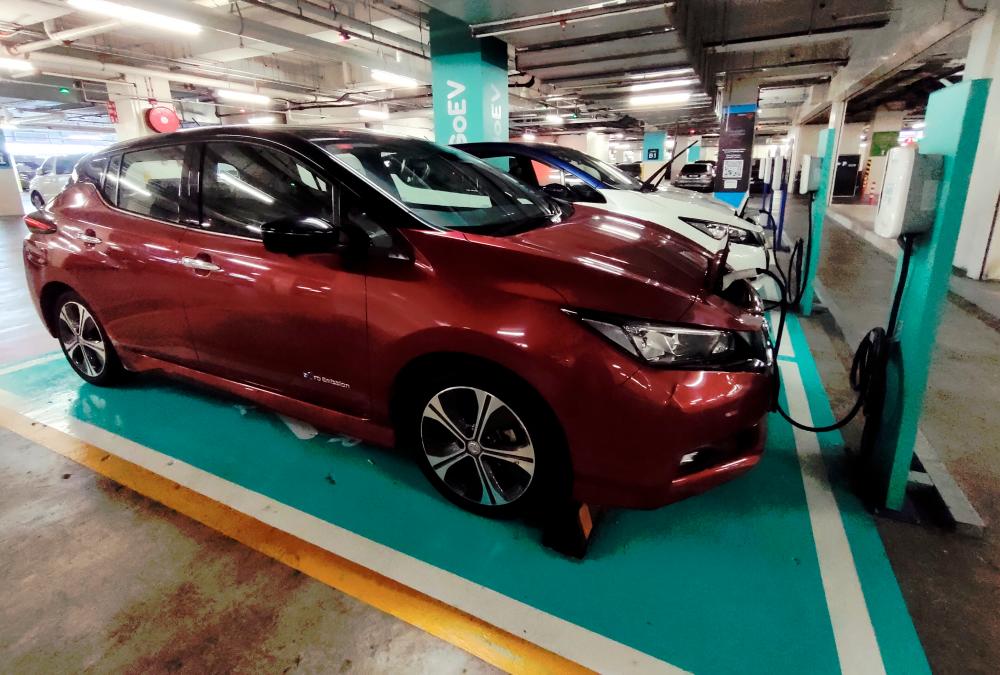PETALING JAYA: With the electrical vehicle (EV) market in the country growing exponentially, a fire safety expert has praised fire department authorities for propelling Malaysia as one of the first few countries globally to look into fire safety regulations for EV charging stations.
However, Fire Fighter Industry chief innovation officer Brian Soo also called on the authorities and EV manufacturers to implement better safety measures to prevent and put out EVs that catch fire, even though such incidents are very rare.
Soo was commenting on a Jan 1 incident where a Mercedes-Benz EQB EV caught fire while it was charging at a showroom in Johor Bharu.
Larkin Fire and Rescue Station operation commander Azmi Johar said the fire destroyed about 90% of the car, 5% of the showroom, and 20% of the electric vehicle charging bay.
The vehicle’s distributor, Mercedes-Benz Malaysia Sdn Bhd, told theSun that it will release a statement once the fire department has completed its investigations.
As of 2011, about 12,000 EVs have been registered in the country. Of this, more than 9,000 were registered in 2023. EVs make up 0.4% of the total number of vehicles sold in Malaysia.
Soo said while internal combustion engine (ICE) cars and EVs can catch fire, it is harder to control such incidents involving the latter because the risk of re-ignition is higher due to the thermal runaway not being completely extinguished.
Thermal runaway is a process that is accelerated by increased temperature, which in turn releases energy that further increases temperature, in a continuous cycle.
“The battery cell of an EV can expand during a fire, and when this happens, it will release flammable electrolytes and gases which can lead to a self-sustaining process that requires up to 100,000 litres more of water to put out, compared with that for a fire involving an ICE car.
“The constant re-ignition can also cause the fire to take up to 24 hours to put out.”
Soo said the most effective way to put out fires involving lithium battery ions is by using a “cutting fire extinguisher” to submerge the battery in water.
“The cutting fire extinguisher combines abrasive waterjet cutting with a water spray extinguisher. The water pierces the battery pack from the undercarriage of the vehicle and floods it to put out the fire.
“The traditional method of putting out a combustion engine will not be as effective as the fire has to be put out from the source. For EV cars, this is the lithium-ion battery pack.”
Soo said another solution to control EV fires is the use of EV fire blankets.
“The blankets are made from specially treated high-temperature fibreglass cloth that is usually coated with silicon to increase their fireproof abilities. EV fire blankets can withstand the heat emitted by an EV, which can reach up to 1,100°C.
“The role of the EV fire blanket is to cover the burning car and ensure it does not spread to other vehicles, or worse, ignite the building.”
He said EV fire blankets are the most technologically advanced and cost-effective method to date and that this technology can be integrated into the Fire and Rescue Department’s arsenal to put out EV fires.
He added that the public needs to be more informed about taking precautions when facing an EV fire.









